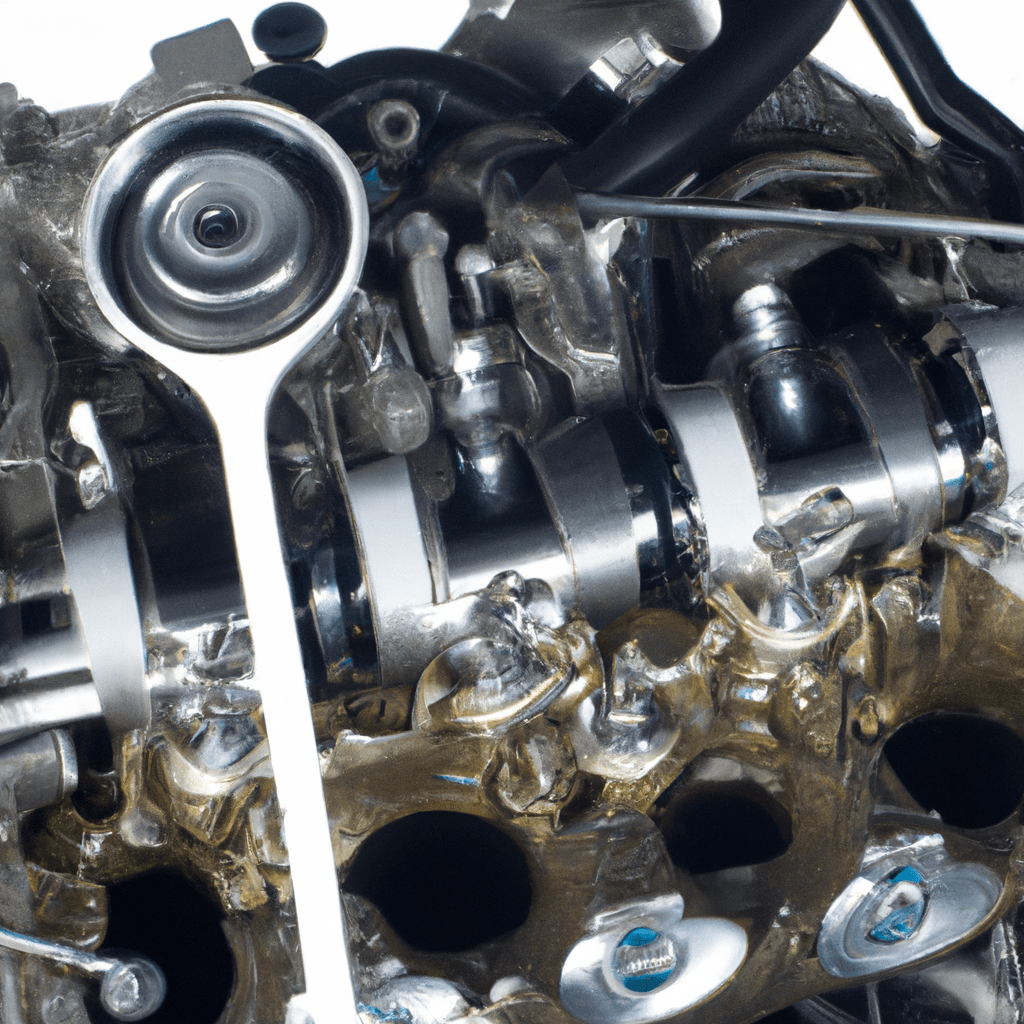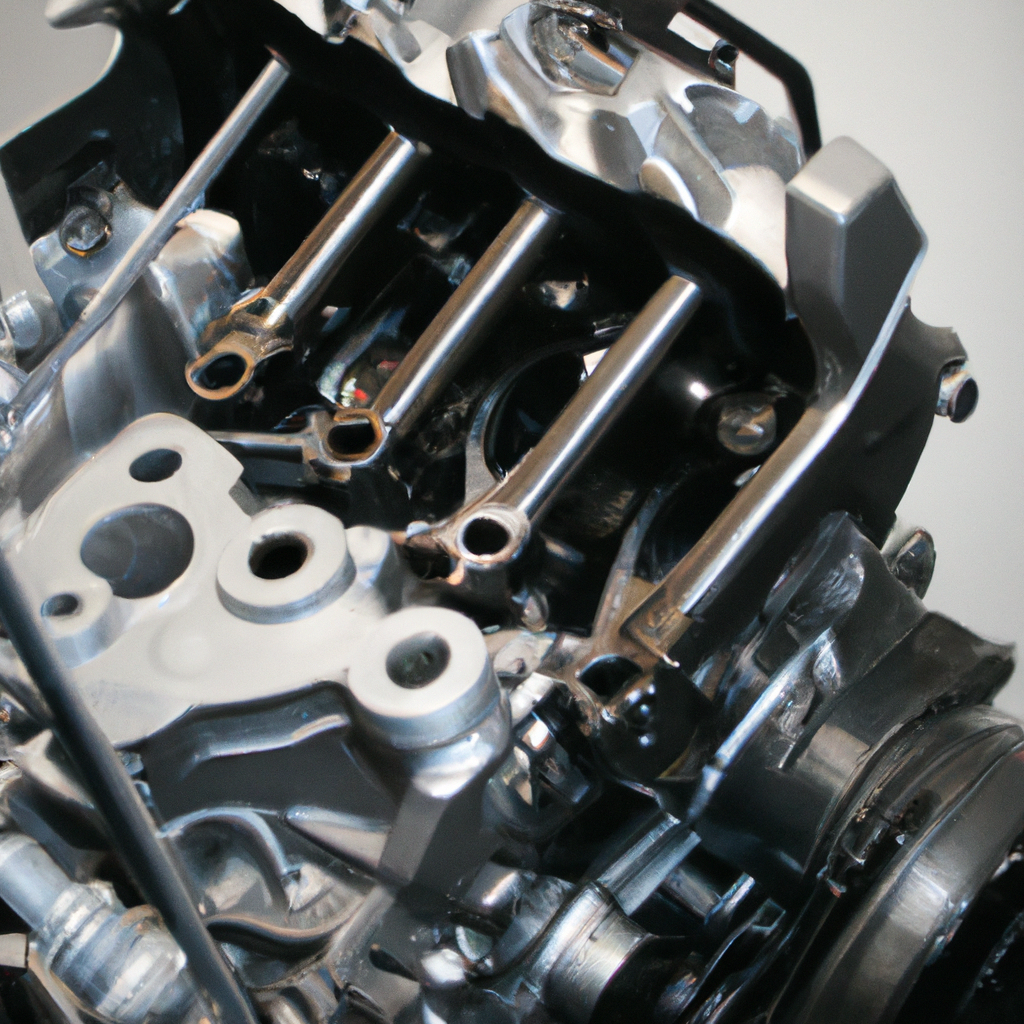Understanding the Role of Cam Phasers in a 3.5 Ecoboost Engine
In this insightful study, I explore the crucial role of cam phasers in the functioning of a 3.5 Ecoboost engine. With an emphasis on the technical features and their implications for engine performance, this article aims to decode the intricate workings of the engine component that is often overlooked yet immensely significant. This work provides a comprehensive guide to cam phasers, their function, maintenance, and impact on engine efficiency. It’s not just an educational resource, but also a gateway that ultimately heightens one’s understanding of core engine mechanics. Especially within the context of 3.5 Ecoboost engines, the number of cam phasers employed and their overall contribution towards engine operation is explained in detail.

What is a Cam Phaser
Definition of a Cam Phaser
In the automotive world, a Cam Phaser is a technologically advanced mechanical component designed to enhance the performance of internal combustion engines. As an integral part of the engine’s valve train, it plays a pivotal role in managing the opening and closing of engine valves.
The Purpose of a Cam Phaser
The primary purpose of a cam phaser is to optimize valve timing. By adjusting the phase angle or the timing of the camshaft, the cam phaser allows for optimal valve operation, optimizing engine efficiency, power, and emissions at all engine speeds.
Basic Components of a Cam Phaser
Typically, a cam phaser includes several basic components such as the rotor, the camshaft sprocket, the phaser body, and the control valve. The rotor and camshaft sprocket rotate together and are responsible for adjusting the relative position of the camshaft. On the other hand, the phaser body hosts the hydraulic fluid used in the adjustment, and the control valve manages the flow of this hydraulic fluid.
The Role of Cam Phasers in a 3.5 Ecoboost Engine
Interaction with Valve Timing
In a 3.5 Ecoboost engine, cam phasers play a central role by allowing variable valve timing. They attribute in modifying the timing of the valve opening and closing events, enabling the engine to function at different speeds more efficiently.
Regulating Engine Performance
Cam phasers influence the overall engine performance by substantially reducing the torque dip in the low rpm range and heightening the torque in the high rpm range, resulting in enhanced drivability and fuel efficiency.
Fuel Efficiency Enhancement
Through the precise control of valve timing, cam phasers enable engines to burn fuel more efficiently, thus improving fuel economy. This is particularly crucial in the context of 3.5 Ecoboost engines, which are designed to deliver impressive power and performance without compromising on fuel efficiency.
How Many Cam Phasers on a 3.5 Ecoboost Engine
Number of Cam Phasers per Cylinder
In a 3.5 Ecoboost engine, which typically has 6 cylinders, there are two cam phasers per cylinder, accounting for a total of 12 cam phasers. This dual independent system allows both intake and exhaust valves to function with unmatched precision.
Importance of Correct Number of Cam Phasers
Having the correct number of cam phasers is essential to ensure efficient operation of the engine. Any discrepancy in the number could lead to improper valve timing, causing a significant dip in the engine performance and an increase in fuel consumption.
Functions of Multiple Cam Phasers
Multiple cam phasers allow for a nuanced balance of power and efficiency in the engine. They allow each cylinder to operate independently, allowing for precise control of valve timing, thereby leading to smoother engine operation, improved fuel efficiency, and reduced emissions.
How Cam Phasers Work in an Ecoboost Engine
Description of the Operating Process
Cam phasers work by adjusting the camshaft position in relation to the crankshaft, modifying valve timing. With the help of a control valve, they regulate the flow of hydraulic fluid between the advance and retard chambers inside the phaser body, leading to a change in camshaft positioning.
Interaction with the Timing Belt
Cam Phasers engage with the engine’s timing belt or chain, which connects the crankshaft to the camshaft. The timing belt ensures that these two major engine parts remain in sync during functioning.
Roles in Engine Synchronization
Through interaction with the timing belt and adjustments of the phase angle, cam phasers aid in synchronizing the engine’s function by ensuring the optimal timing of valve operation.

Common Problems with Cam Phasers in 3.5 Ecoboost Engines
Signs of a Failing Cam Phaser
A failing cam phaser may exhibit a few noticeable signs such as a rattling noise during the start-up, rough engine idle, loss in power, decreased fuel efficiency, or an illuminated check engine light.
Main Causes of Cam Phaser Failure
The primary causes of cam phaser failure may include poor maintenance, the usage of incorrect oil, and overheating. These factors may lead to the breakdown or locking up of the cam phaser causing it to malfunction or fail.
Impact of Problems in Cam Phasers on Vehicle Performance
Issues in cam phasers can severely impact the overall performance of a vehicle. A malfunctioning cam phaser will disrupt valve timing, leading to a weak engine performance, increased fuel consumption, and higher emission levels.
Diagnosis and Troubleshooting of Cam Phaser Problems
Steps in Diagnosing a Faulty Cam Phaser
To diagnose a faulty cam phaser, the first step is to listen to your engine and pay attention to the above-mentioned warning signs. You may also need to use an OBD-II scanner to read diagnostic trouble codes and interpret them. In the case of serious issues, it’s advisable to take your vehicle to a professional for a comprehensive evaluation.
Tools Needed for Diagnosis
Essential tools needed for diagnosing a faulty cam phaser include a listening device to detect abnormal noises, an OBD-II scanner, and a comprehensive engine code chart to interpret the errors displayed by the OBD-II scanner.
Process of Fixing a Cam Phaser Issue
Fixing a cam phaser issue requires professional expertise. Usually, it entails replacing the cam phasers along with other associated components like timing belts or chains if needed, followed by a thorough engine test run to ensure all components are functioning correctly.
Cam Phaser Replacement or Repair
When to Replace a Cam Phaser
It’s advisable to replace a cam phaser when it is malfunctioning and causing significant disruption in vehicle performance or when it has reached its recommended lifespan.
Getting a Professional Repair
Professional expertise is critical when it comes to cam phaser repair or replacement due to the complexity and precision required in the task. It’s better to seek help from certified professionals who are well-equipped with the necessary knowledge and tools.
Estimated Costs of Cam Phaser Replacement or Repair
The cost of cam phaser replacement or repair can vary based on the vehicle model, labour charges and the extent of damage. However, it is generally a costly affair due to the complexity of the procedure and the importance of this component.
Preventive Measures for Cam Phaser Failure
Regular Maintenance Needs
Regular engine maintenance is critical to prevent potential cam phaser failure. Regular oil changes, using the right grade of engine oil and regular check-ups can extend the life of a cam phaser and enhance engine performance.
Ensuring Correct Oil Usage
Using the correct grade of engine oil recommended by the manufacturer is essential in preventing premature cam phaser failure. Oil provides the necessary lubrication for the cam phasers to function efficiently, and using the incorrect type could lead to damage.
Considerations in Optimizing Cam Phaser Lifespan
To optimize the lifespan of cam phasers, routine maintenance, engine oil changes, and periodic inspections for signs of malfunction are all vital steps.
Cam Phasers and the Ecoboost Engine’s Overall Performance
Effect on Engine Power and Torque
By optimizing valve timing, cam phasers can significantly improve engine power and torque across a broad range of engine speeds, resulting in better performance and drivability.
Influence on Fuel Economy
Cam phasers play a significant role in enhancing fuel economy by enabling more efficient combustion. By permitting variable valve timing, they allow the engine to run more efficiently, especially at lower speeds.
Impact on Emission Control
Cam phasers also contribute to emission control by ensuring optimal combustion, which results in fewer unburnt particles and gases being released into the exhaust.
Myths and Common Misconceptions about Cam Phasers
Addressing Common Misunderstandings
One common misunderstanding about cam phasers is that they are the cause of all engine noise. While a malfunctioning cam phaser may cause noise, many other factors can also contribute to the engine sound. Another misconception is that cam phasers require frequent replacement, which is not the case. With proper maintenance, cam phasers can last the entire life of the engine.
Revisiting Truths about Cam Phasers
Overall, the primary role of cam phasers in an engine is to increase its efficiency and performance by optimizing valve timing. Despite misconceptions, they are robust and reliable components, fundamental to modern engine technology.

